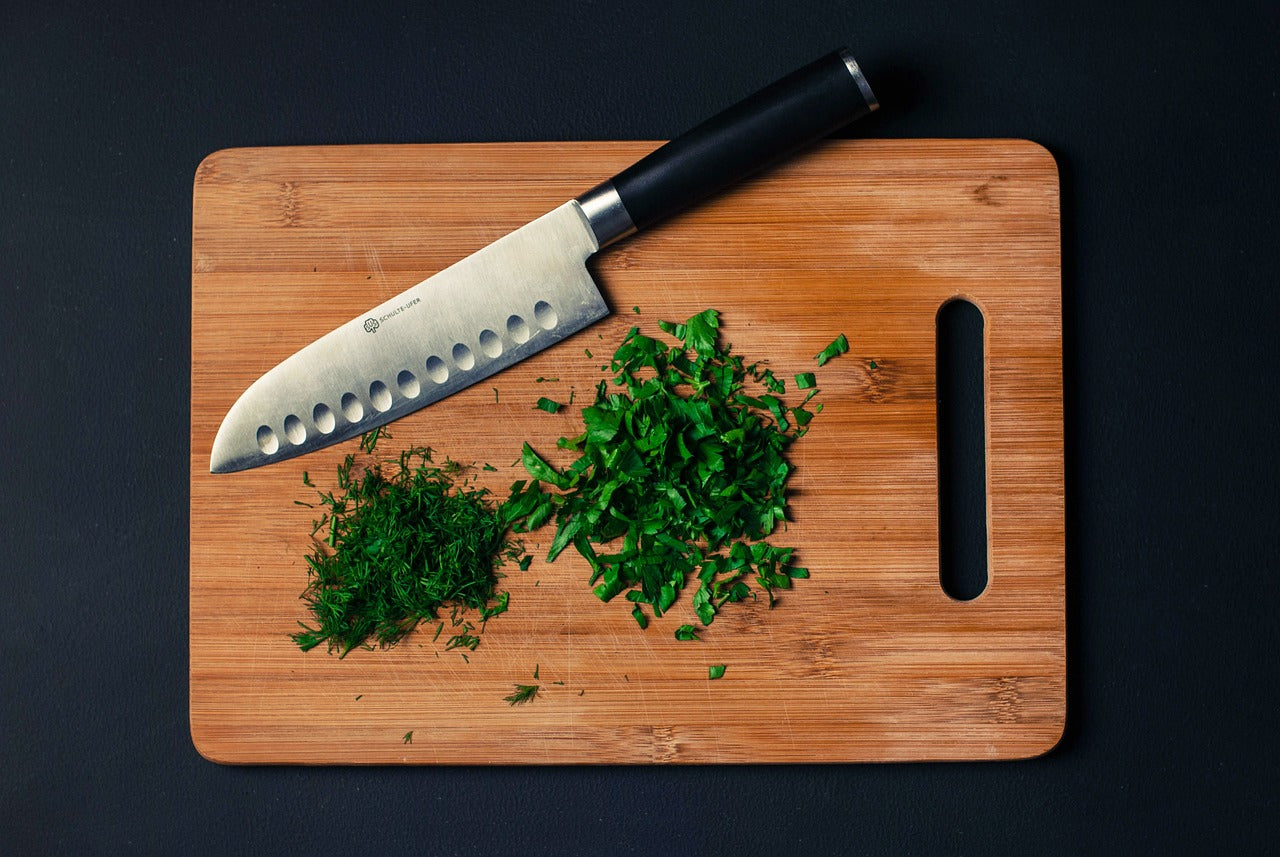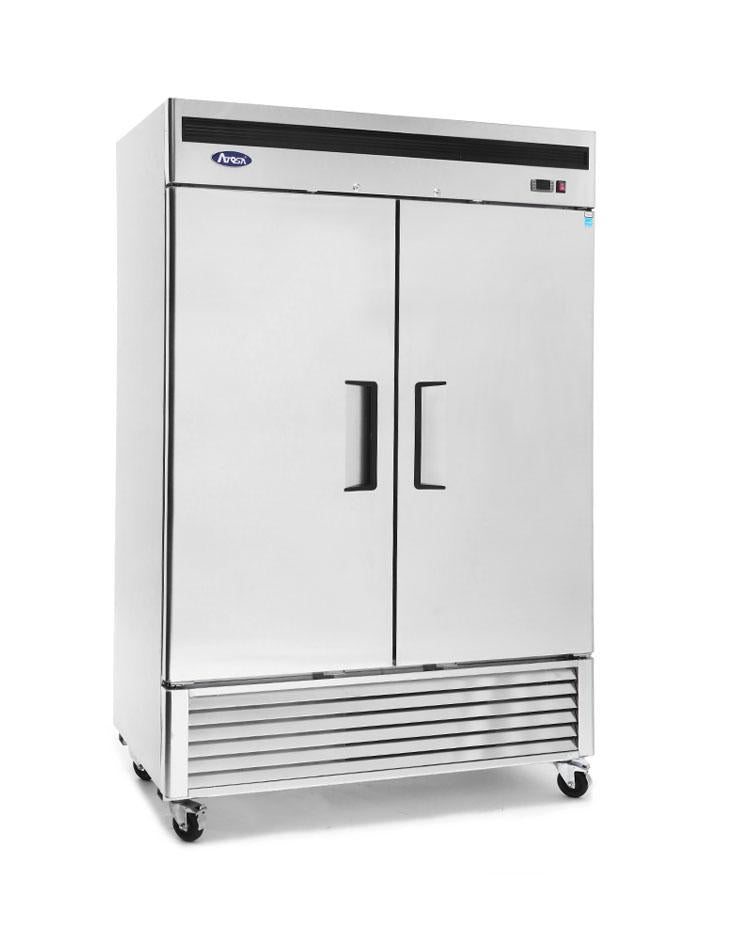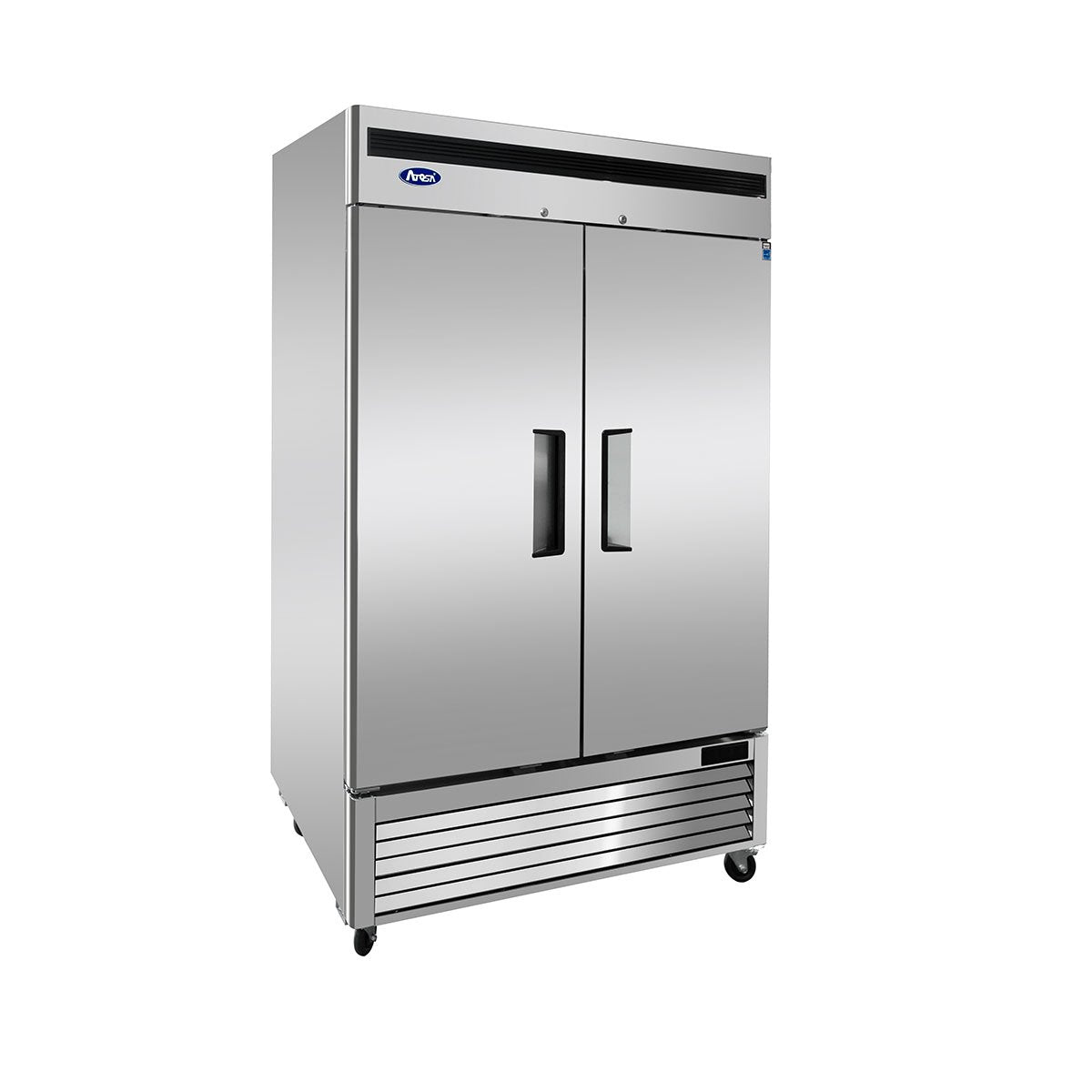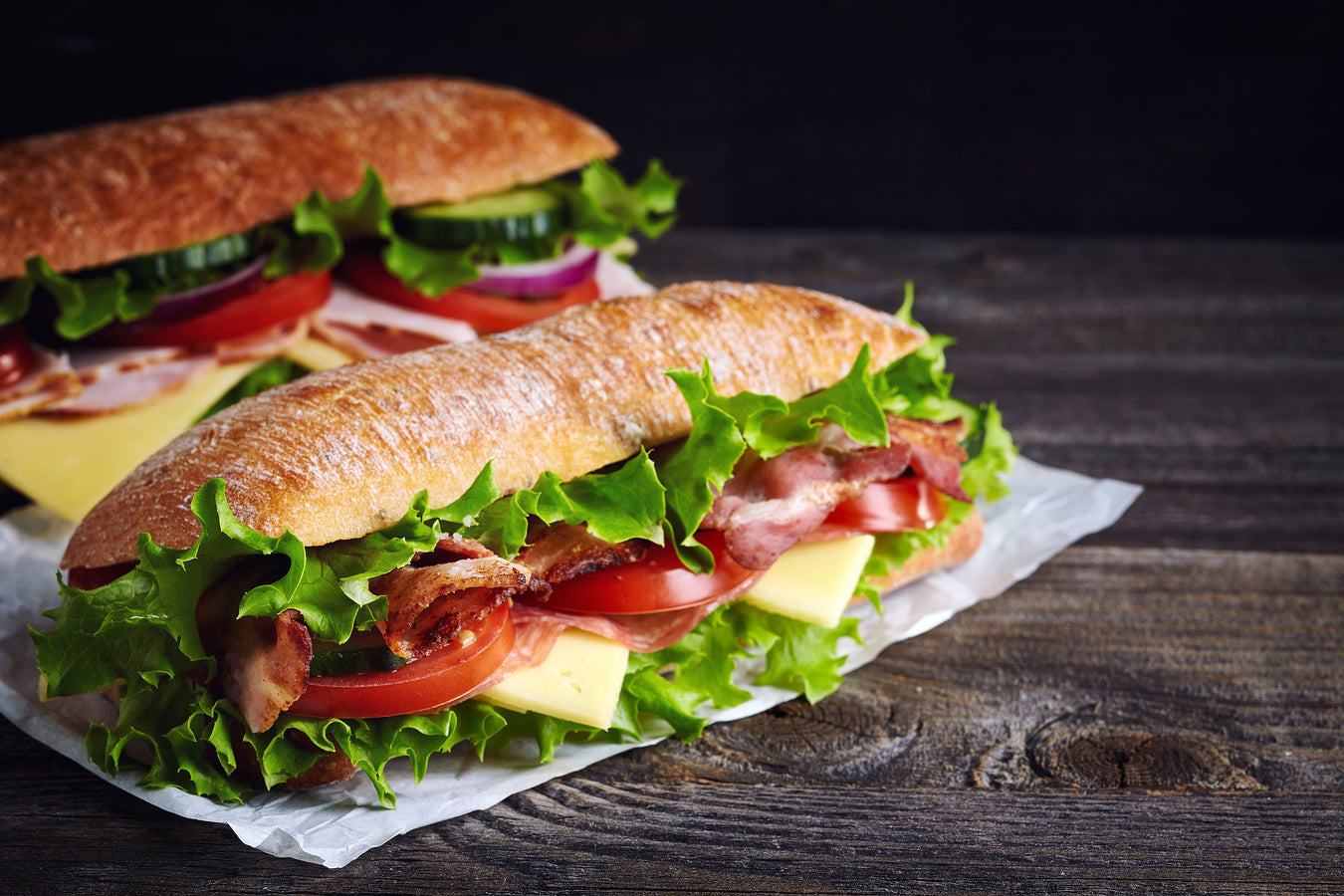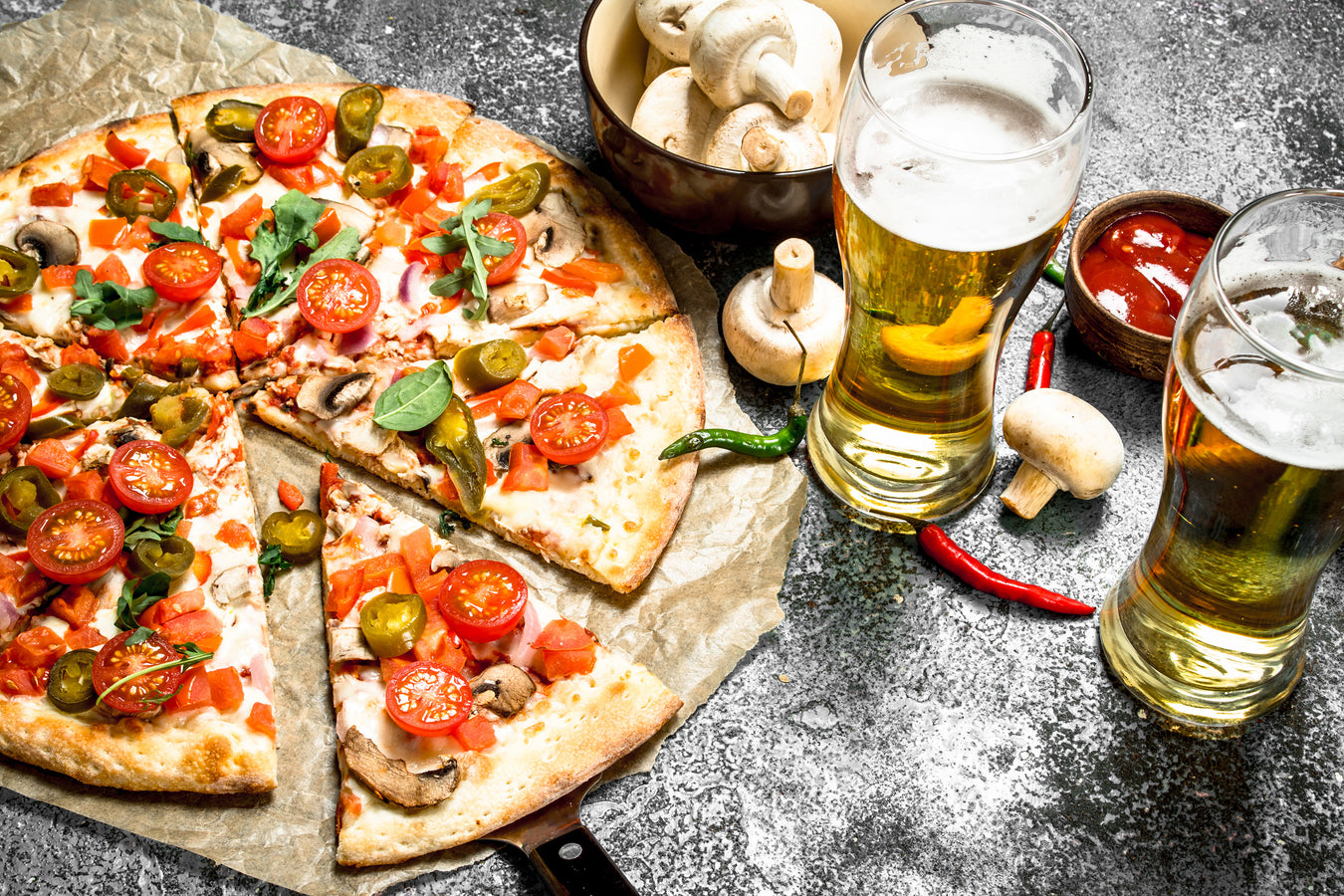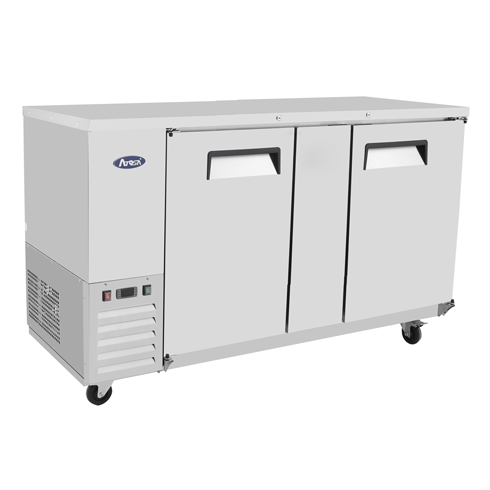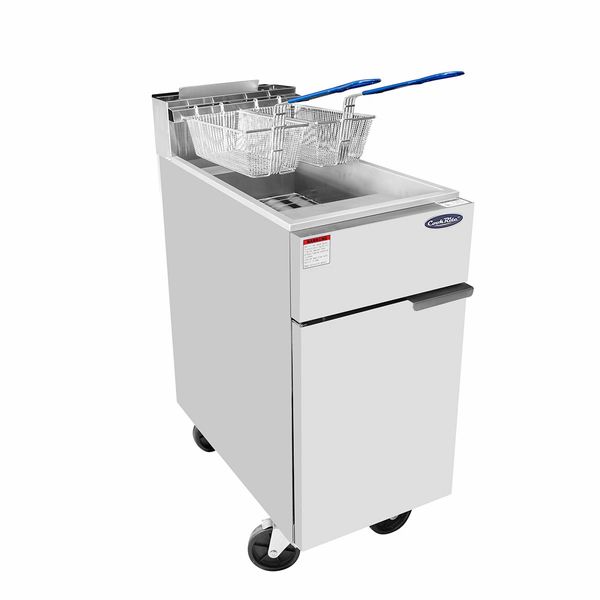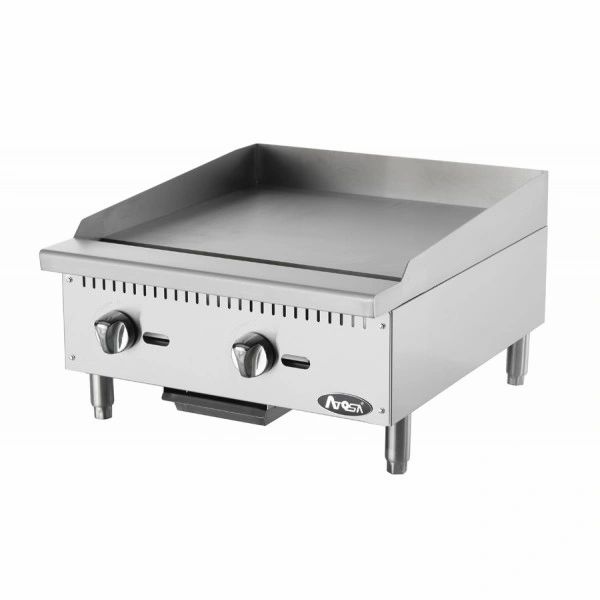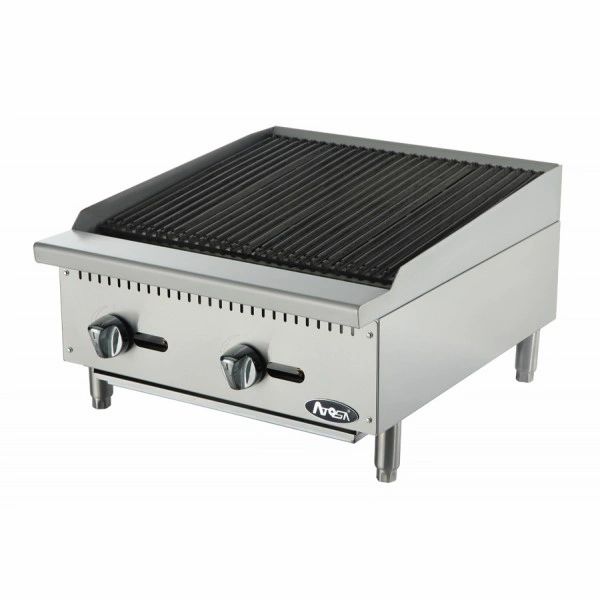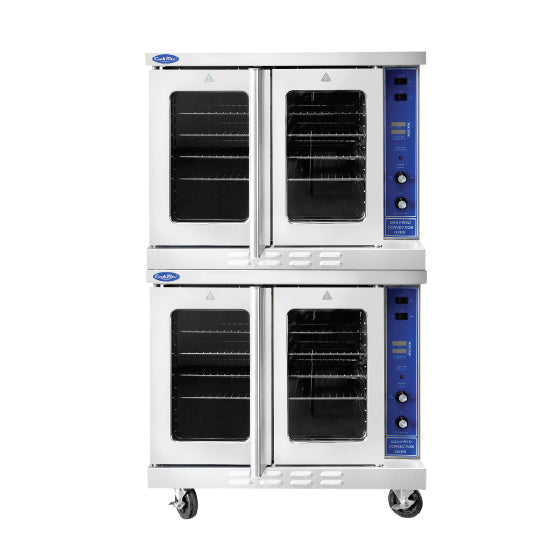The Santoku is a versatile kitchen knife that can be used for anything from slicing vegetables to boning up meat. The blade has an almost flat edge, with some kind of curve at its point which makes it ideal in terms of cutting things up without causing too much damage or taking longer than necessary.
Asian Knives
The Santoku, or Bunka bouchos are a type of kitchen knife that can be used for most tasks in the house. The blade is typically between 13 and 20 cm long with an edge which has sheepsfoot shape at one end and flat surface on other side making it perfect to cut things up without breaking apart easily while having moderate curvature near handle so you don't lose too much flesh when trying make quick work out there ingredients!
It was originally made by Takefu City located near Tokyo but now production has shifted oversea because their steel contains less chromium than Japan's usual choice granting higher acidity levels necessary during heating processes involved creating this ultimate sharpness plus also providing better stain resistance properties
Asian Knife
The Santoku knife is a Japanese tool that has become incredibly popular in America. The name "santokus" translates to mean 'three uses' and this blade can be used for slicing fish, cutting meat or chopping vegetables with its relatively straight edge when compared against other traditional shapes such as chefs knives which have more specific functions depending on what cuisine you are preparing. It features an easy grip handle design coupled by lightweight construction making it perfect both at home kitchens where space may not always permit keeping multiple tools like those found within European cutlery sets but also appropriate outside professional environments.
Santoku
The santoku has been around for centuries and is seen in many cultures. The shape of this knife makes it unique, but also easy to use because its rounder nose can score rather than pierce foods like with other knives on the market today - which means you won't have any trouble cutting up all your favorite recipes! A small blade between five inches long (as opposed to eight) helps make certain tasks easier when cooking; however if we're talking about versatility then think again: while these blades may be more compact than standard chef's knifes...they aren’t nearly as effective at doing heavy duty work such us chopping through large volumes.
The santoku has been a popular choice for many American chefs because it's easier to rock-chop. The rounded nose of these knives can score, but not pierce food and their shorter blades mean they aren't very efficient when cutting large volumes; however if you're new at cooking or just looking into getting better with your skills - the compactness may assurance that this isn’t anything like an issue!


